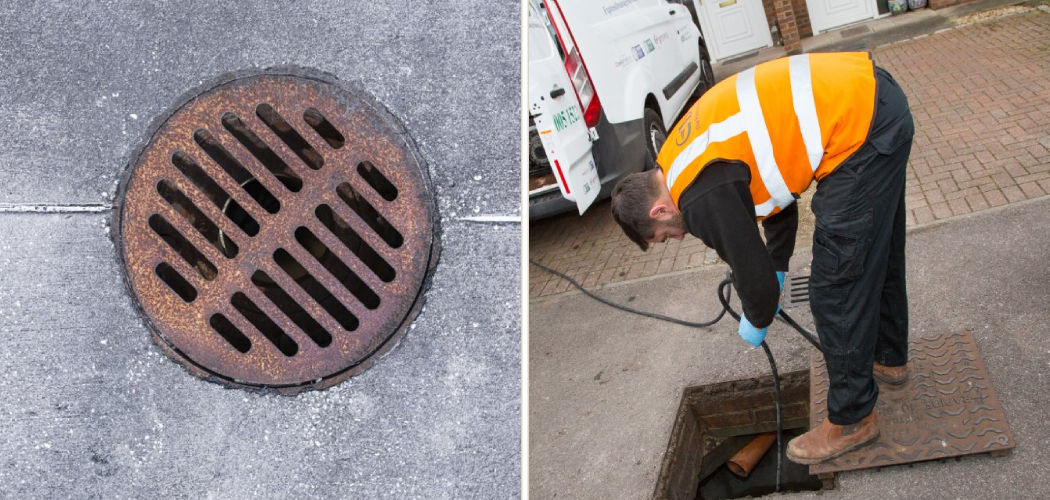Losing your keys down the drain can be a stressful and frustrating experience. You may think it’s impossible to get them back, but you can actually use several methods to retrieve them. You can attempt different techniques depending on where exactly your keys ended up in the drain and how far they have gone. Getting your keys out of the drain can be time-consuming, but it’s worth it if you want to avoid paying for new ones.
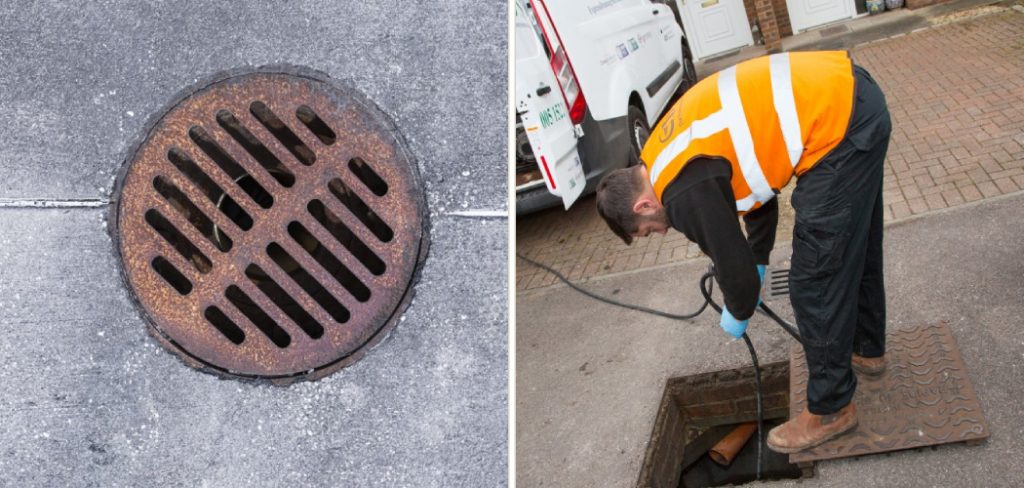
One of the main advantages of getting keys out of a drain is that it can be done without calling in a professional. This means that you do not have to pay for any costly services, allowing you to save money. Furthermore, this process can be fairly easy and straightforward, saving time as well. You can find step-by-step instructions on how to get keys out of drain in this blog article.
Tools You Will Need
- Pliers
- Flashlight
- Mirror
- Screwdriver (optional)
- Pipe wrench
- Plastic sheeting (to protect drain surfaces from scratches)
- Putty knife or razor blade
- A vacuum cleaner with a hose attachment
- Rubber gloves
- Bucket
Step by Step Processes for How to Get Keys Out of Drain
Step 1: Inspect the Drain
The first step in getting your keys out of the drain is to inspect them. Check both the inside and outside of the drain for any visible signs that a key may be stuck within. If you can see anything obstructing the water flow, there’s a good chance it’s your key.
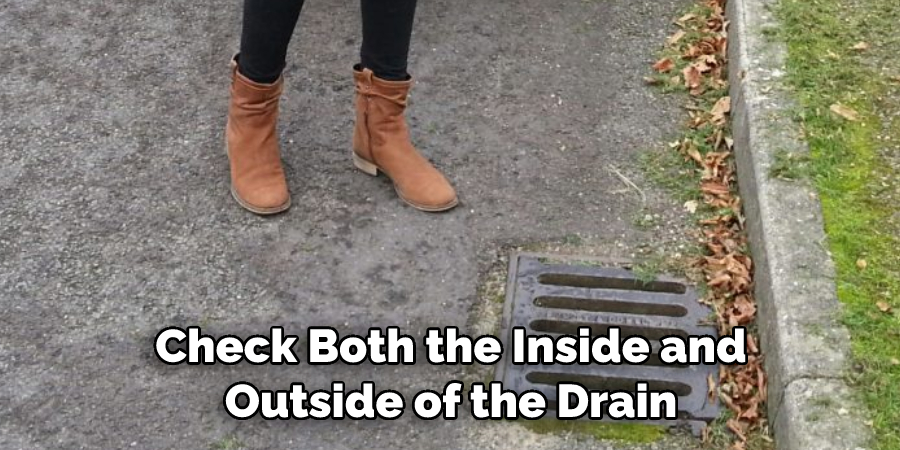
Step 2: Try Retrieving with Pliers
If your key is visible, use some pliers to try and retrieve it. Position the pliers’ tips around the key and gently twist as you pull up. You may need to apply more pressure or adjust your grip on the pliers for a better hold, but do not apply too much force as this could damage the key and the drain.
Step 3: Use a Magnet
If the key is out of reach and can’t be seen, you may need to use an emergency magnet to try and retrieve it. Hang the magnet on some string or twine and slowly lower it into the drain until it sticks to your key. Remember that this method may not always work, especially if the key is made of a non-magnetic material such as brass or stainless steel.
Step 4: Apply Pressure With a Plunger
Another method to try is to use a plunger to apply pressure and force the keys out of the drain. Place the plunger over the drain opening and pump it up and down vigorously. If the key is stuck, the pressure should be enough to dislodge it and force it out of the drain.
If your key is still stuck, you may need to try using a wire hanger or similar tool. Unfold the hanger and create a hook at one end. Slowly feed the wire into the drain and try to snag your key carefully. If the hanger is too thick, you may need to use a thinner tool, such as a needle or paper clip, instead.

Step 5: Use an Air Pressure Gun
If all else fails, you can attempt to use an air-pressure gun to get your key out of the drain. Point the nozzle of the gun at the drain and blast a powerful flow of air into it. This should be enough to dislodge even the most stubborn keys, forcing them up and out of the pipe. If all of these methods have failed, it may be time to call in a professional. A qualified plumber should have the right tools and know-how to get your key out of the drain safely and efficiently.
Step 6: Unclog the Drain
Now that you have retrieved your keys, it is important to unclog the drain fully before using it again. Pour some boiling water down the drain to help clear away any debris or stuck objects. You can also mix baking soda and vinegar if you want to take an all-natural approach. To prevent this from happening again in the future, it is recommended that you invest in a drain cover. These covers are designed to keep large objects like keys out of the drain and save you a lot of time and effort in the future.
Step 7: Clean Your Keys
Once all is said and done, make sure to give your keys a good clean before using them again. Soak them in warm soapy water for a few minutes and then gently scrub them with a soft brush to remove any dirt or debris. This will help ensure that your keys look as good as new ones. Getting your keys out of the drain can be an arduous task, but by following these steps, you should be able to retrieve them in no time at all.
Tips for How to Get Keys Out of Drain
- Always wear protective gear such as safety glasses and gloves when retrieving a key from a drain.
- Ensure that the area around the drain is clear of any objects or debris which could increase the risk of injury during retrieval.
- Use a tool with a hook, such as tweezers or a bent coat hanger, to slowly and carefully attempt to retrieve the key from the drain.
- If using a hook tool does not work, try using a magnetic retrieval tool as another option for getting keys out of drains.
- Consider trying to use pliers or an adjustable wrench if the hook tools do not work.
- Avoid using any tools or objects that could damage the drain if possible, as this can result in a costly repair later on.
- If all else fails and you cannot retrieve the key yourself, it may be best to contact a professional plumber for help with getting it out of the drain.
- Be aware of the potential for water damage and even flooding if the key is stuck in a mainline, such as a sewer or septic tank line. If this is the case, contacting a professional may be best rather than attempting DIY retrieval methods.
Follow these tips to ensure safety and success when attempting to get keys out of a drain. With the right tools and knowledge, it is possible to retrieve a key without causing any damage or putting yourself in danger.
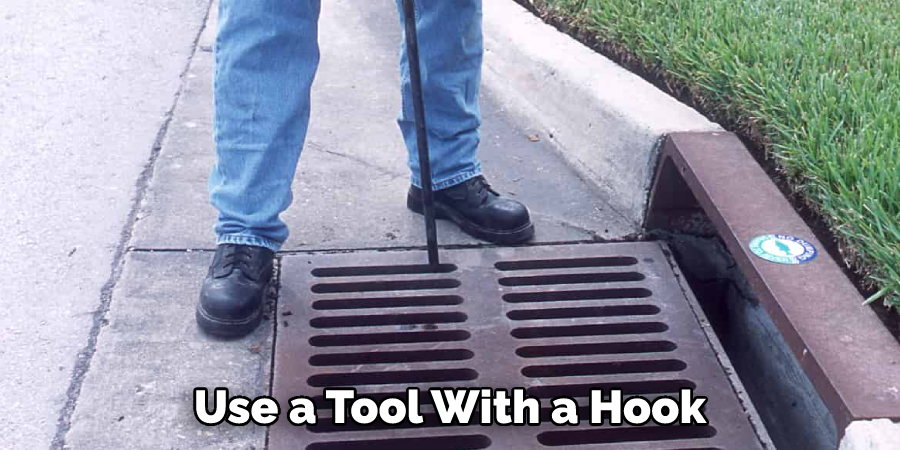
How Can You Avoid the Same Situation Again in the Future?
Once you have successfully retrieved your keys from the drain, it is important to take extra steps to ensure this situation doesn’t happen again. A few easy tips can help keep your keys safe and out of the drain in the future.
- First, it’s a good idea to attach some type of floatation device to your keychain. This can be as simple as adding a small piece of foam or rubber to the end of your keychain, which will help it float if it is dropped in water.
- Second, consider investing in a waterproof container for your keys. These containers come in various shapes and sizes and are designed to keep keys dry even if submerged underwater.
- Finally, try to keep your keys in a safe and secure place at all times. If possible, designate an area where you can store your keys to make them easy to find when needed. Make sure this spot is dry and away from any potential sources of water or moisture.
By following these tips, you can avoid having to go through the hassle of trying to get your keys out of the drain again in the future.
How Do You Clean Up Any Debris That Might Be Blocking Your Keys From Being Retrieved?
If there is any debris blocking the keys from being retrieved, it will need to be cleared before anything else can be done. This is best accomplished by using a pair of pliers to grasp and remove the obstruction. If that doesn’t work, a wet/dry vacuum may also be used to remove debris. Be cautious when removing the obstruction, as it may be sharp or fragile. If a clog is present in the drainpipe, it should be broken up before vacuuming.
Once the debris has been cleared, several methods exist to try to retrieve the keys from the drain. One option is to attach a magnet to the end of a long string and drop it into the drain. If the keys are made from metal, this will attract them to the magnet, allowing for retrieval. Another option is to use a tool such as a plumbing snake or sewer auger. The tool will have an attachment with teeth that can be used to grab onto any items that may have fallen into the drain.
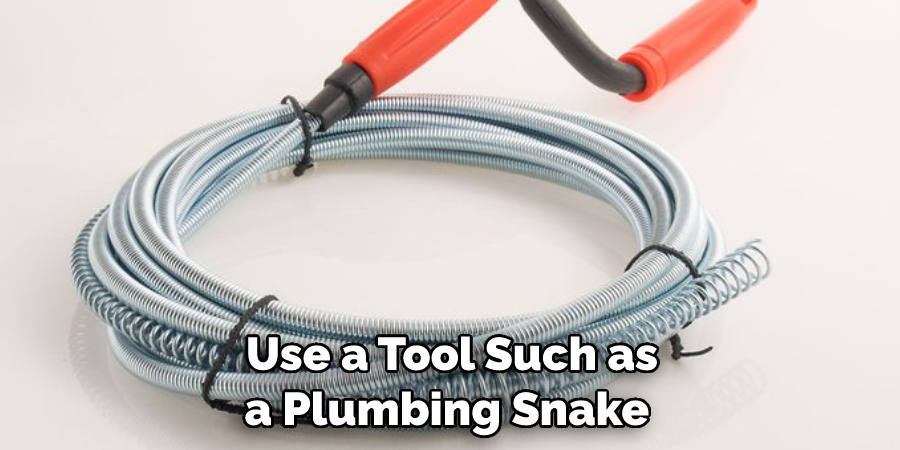
Conclusion
In conclusion, getting keys out of the drain can be tricky, but it doesn’t have to be impossible. By following these steps – fishing for them with a magnet, using tweezers, or even draining the water if possible – you can successfully retrieve your lost key from the depths of your sink or bathtub.
With a little patience and determination, you can successfully reclaim your key from the depths of a drain. I hope this article has been beneficial for learning how to get keys out of drain. Make Sure the precautionary measures are followed chronologically.

